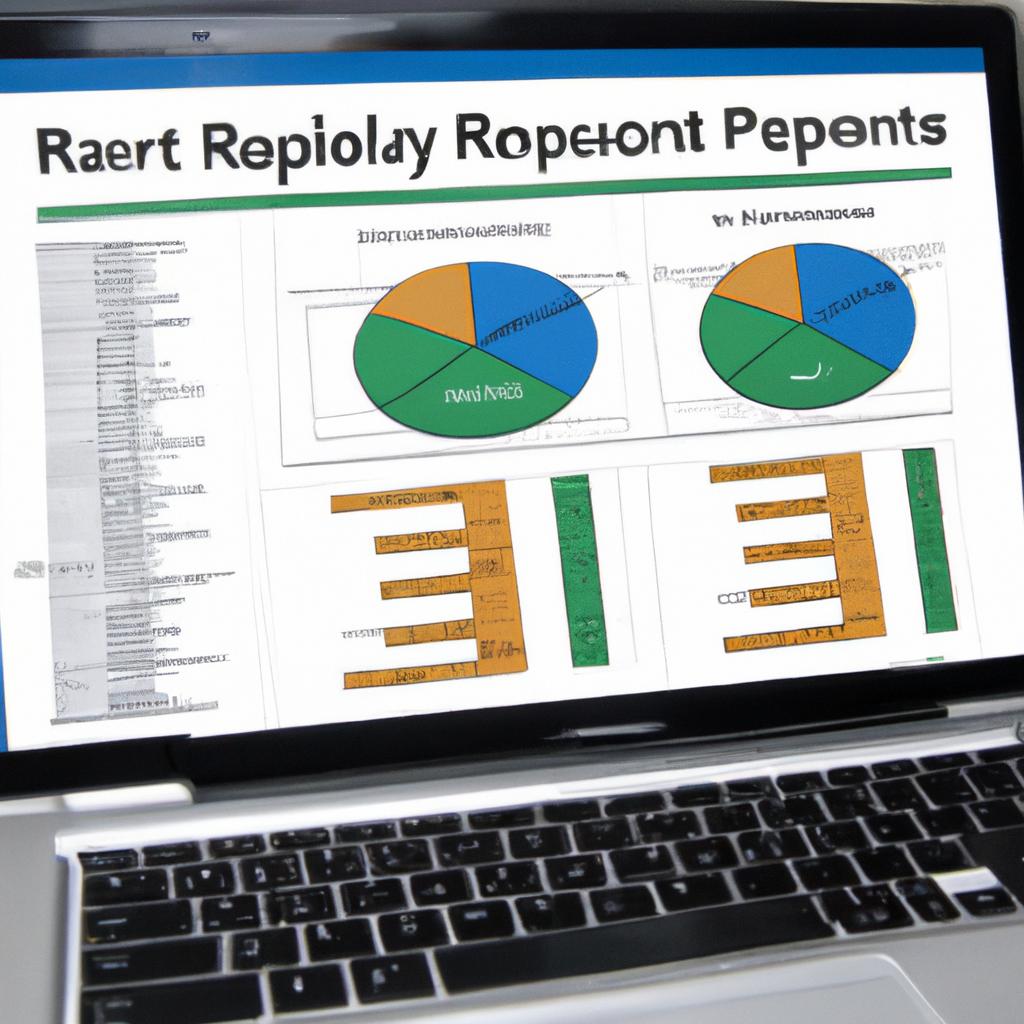Benefits of EPM Software

When it comes to managing enterprise performance, there’s no doubt that using EPM software can make a significant difference in the way a business functions. Here are some of the benefits of using EPM software:
Improved Decision-making
By using EPM software, businesses can make better decisions based on accurate and up-to-date data. This can lead to improved business performance, increased profits, and better overall results.
Increased Efficiency and Productivity
EPM software can automate many of the tasks that were once done manually, freeing up time for employees to focus on more important tasks. This can lead to increased efficiency and productivity, allowing businesses to get more done in less time.
Better Financial Management
EPM software can help businesses manage their finances more effectively, reducing errors and improving financial reporting accuracy. This can lead to better decision-making and a more accurate view of the company’s financial situation.
Enhanced Collaboration and Communication
EPM software can help teams work together more effectively by providing a centralized platform for sharing data and insights. This can lead to better communication and collaboration, which can improve overall productivity and performance.
Features of EPM Software

EPM software is designed to help businesses streamline their performance management processes, from budgeting and forecasting to financial consolidation and reporting. Here are some of the key features of EPM software that can help businesses improve their performance management:
Dashboards and Scorecards
EPM software allows businesses to visualize their data through custom dashboards and scorecards, making it easier to monitor performance and identify areas that require attention. Dashboards and scorecards can be personalized to suit individual needs and include a variety of metrics and KPIs.
Budgeting and Forecasting
EPM software simplifies the budgeting and forecasting process, allowing businesses to create accurate projections and scenarios for the future. EPM software streamlines budgeting processes, eliminates manual data entry errors, and helps businesses make better-informed decisions.
Financial Consolidation
EPM software enables businesses to consolidate financial data from multiple sources, reducing the time and effort required for manual data entry and reconciliation. With EPM software, businesses can create consolidated financial statements, such as balance sheets, income statements, and cash flow statements, and analyze them in real-time.
KPI Tracking and Reporting
EPM software makes it easier to track and report on key performance indicators (KPIs), allowing businesses to monitor their performance against targets and benchmarks. EPM software helps businesses identify trends and patterns in their data, enabling them to make data-driven decisions and optimize performance.
How to Choose the Right EPM Software
In today’s fast-paced business environment, selecting the right enterprise performance management (EPM) software is critical. It can be a daunting task, given the multitude of options available in the market. However, by following some best practices, you can make an informed decision that aligns with your business needs and goals.
Identify Business Needs and Goals
The first step in choosing the right EPM software is to identify your business needs and goals. Determine the specific areas of your organization that require improvement and how EPM software can help achieve those goals. For instance, if you need to streamline your budgeting and forecasting processes, you should look for EPM software that offers those features.
Evaluate Software Features and Functionality
Once you have identified your business needs and goals, the next step is to evaluate the features and functionality of different EPM software solutions. Look for software that aligns with your needs and has a user-friendly interface. Check for features such as dashboards, scorecards, KPI tracking, and financial consolidation. Ensure that the software can integrate with other systems that you currently use.
Analyze Vendor Reputation and Customer Support
Vendor reputation and customer support are essential factors to consider when choosing EPM software. Research the vendor’s history, how long they have been in business, and their track record of success. It is critical to choose a vendor with a good reputation in the market. Additionally, check the vendor’s customer support options, including the availability of training and technical support.
By following these best practices, you can choose the right EPM software that aligns with your business needs and goals. Taking the time to make an informed decision will increase the chances of success and enable your organization to achieve its objectives.
Best Practices for Implementing EPM Software
For the successful implementation of Enterprise Performance Management (EPM) software, it is crucial to follow certain best practices. Here are some helpful tips to ensure the smooth implementation and optimal use of EPM software:
Establish clear goals and objectives
Before implementing EPM software, it is essential to establish clear goals and objectives. This will help to ensure that the software is tailored to meet the needs of your business. Take the time to identify specific key performance indicators (KPIs) that you want to track and measure, and determine how the software can help you achieve your goals.
Involve all stakeholders in the process
To ensure the successful adoption of EPM software, it is important to involve all stakeholders in the process. This includes executives, managers, and employees who will be using the software. By involving them in the process, you can get buy-in from everyone and ensure that the software meets the needs of all stakeholders.
Provide adequate training and support
To ensure that all users can effectively use the EPM software, it is important to provide adequate training and support. This can include on-site training, online tutorials, and ongoing support. Be sure to provide resources for troubleshooting and answer any questions that may arise during the implementation process.
Monitor and evaluate performance regularly
Once the EPM software is implemented, it is important to monitor and evaluate performance regularly. This will help you to identify any areas where the software is not meeting your needs and make adjustments as necessary. By regularly evaluating performance, you can ensure that the software is delivering the expected benefits to your business.
Conclusion
In conclusion, implementing enterprise performance management software can have a significant impact on your organization. By providing real-time data and insights, EPM software can help you make informed decisions, increase efficiency, and improve financial management.
When choosing an EPM software, it’s crucial to identify your business needs and goals, evaluate the software’s features and functionality, and analyze the vendor’s reputation and customer support.
Best practices for implementing EPM software include establishing clear goals and objectives, involving all stakeholders in the process, providing adequate training and support, and monitoring and evaluating performance regularly.
Overall, EPM software can help your organization achieve its objectives, improve performance, and stay competitive in today’s market. So, don’t wait any longer and start exploring the different EPM software options available to you.

Comments are closed.